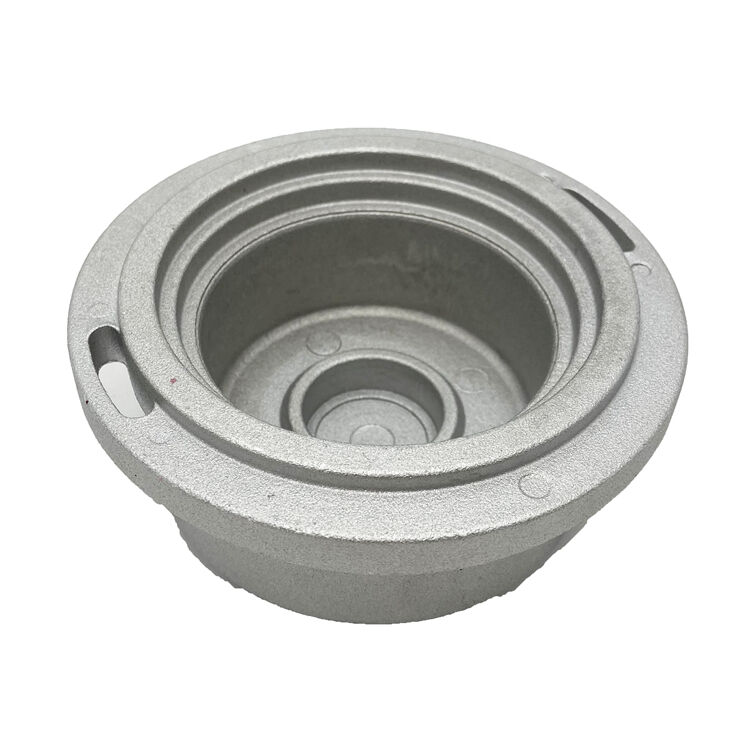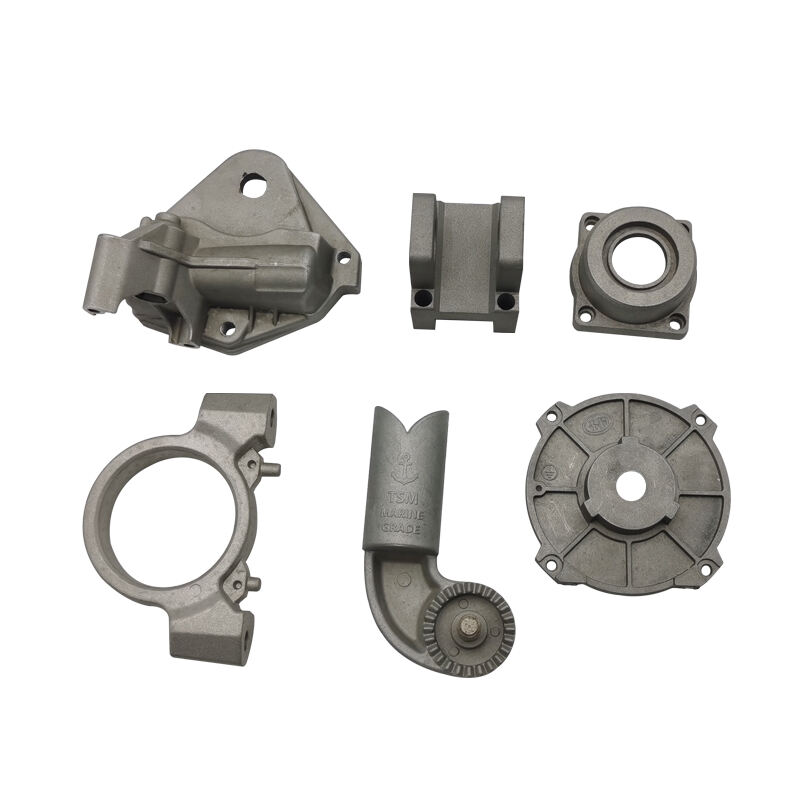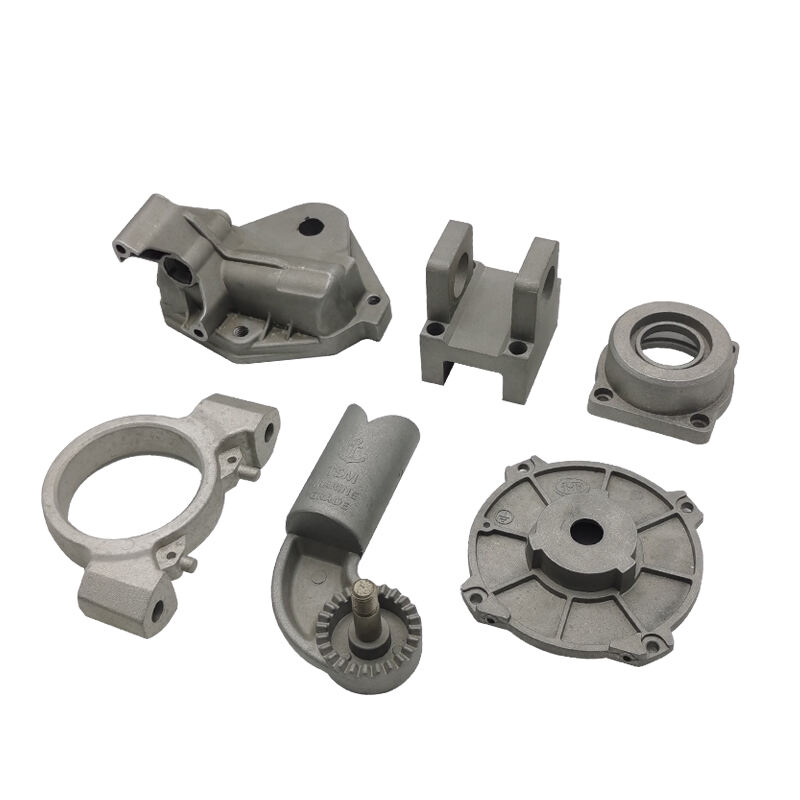aluminium investment casting
Aluminium investment casting is a sophisticated manufacturing process that combines precision engineering with the versatility of aluminum alloys. This method utilizes a ceramic mold created through a series of dipping processes, where a wax pattern is coated with ceramic slurry and allowed to harden. Once the ceramic shell is complete, the wax is melted out, leaving a precise cavity for molten aluminum to be poured. The process delivers exceptional surface finish and dimensional accuracy, making it ideal for complex geometries that would be difficult or impossible to achieve through traditional manufacturing methods. The technique allows for the production of intricate components with thin walls, internal passages, and undercuts, while maintaining tight tolerances and excellent material properties. Modern aluminum investment casting has evolved to incorporate advanced technologies such as computer-aided design and simulation software, ensuring optimal mold filling and solidification patterns. This process is particularly valuable in industries requiring lightweight yet strong components, such as aerospace, automotive, and medical equipment manufacturing. The ability to cast aluminum alloys with various compositions enables manufacturers to tailor the mechanical and physical properties of the final products to specific applications, whether it's high strength, corrosion resistance, or thermal conductivity that's required.


